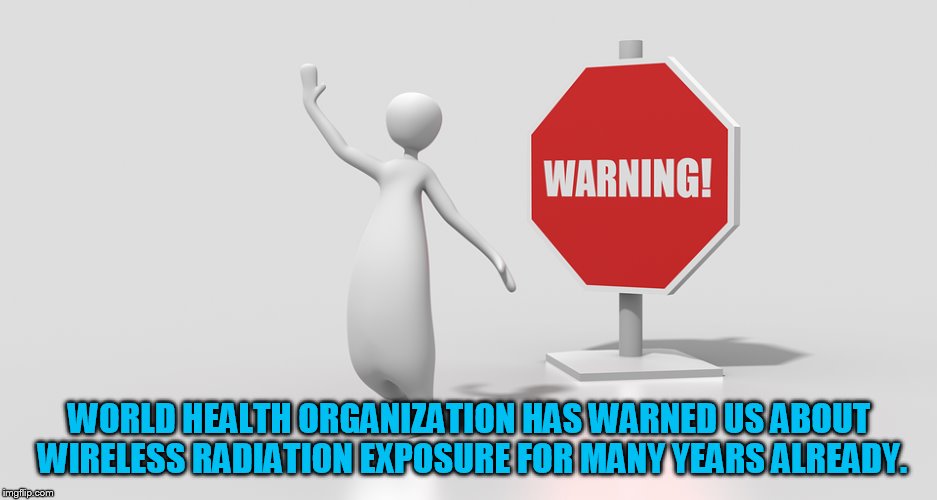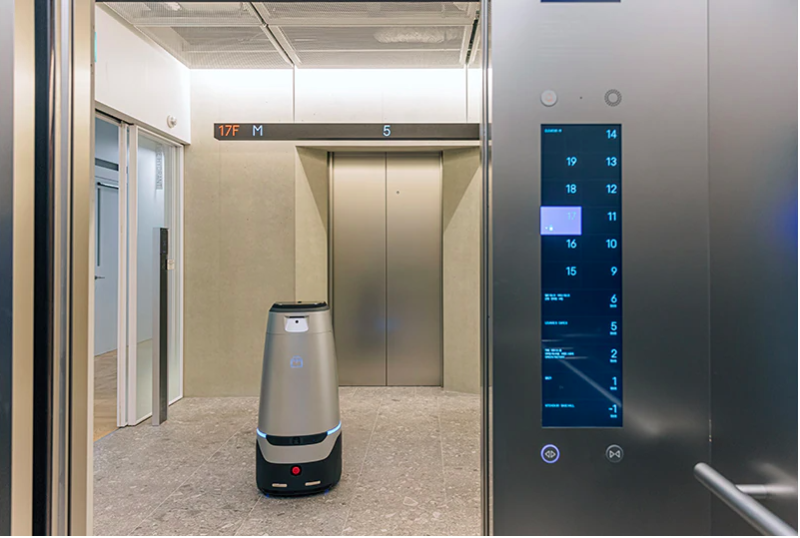 By B.N. Frank
By B.N. Frank
Concerns about robots eliminating countless human jobs are nothing new. Another concern – these robots are often operating wirelessly. Decades of research has proven that exposure to wireless radiation is harmful and some government agencies worldwide already warn residents about risks. This is NOT happening, however, in the U.S. even though last year a federal court ruled in favor of organizations and petitioners that sued the Federal Communications Commission (FCC) for NOT adequately protecting Americans from wireless radiation exposure including 5G. Additionally, despite the ruling, the FCC (see 1, 2, 3, 4, 5, 6, 7, 8) as well as other government and state agencies and committees (see 1, 2, 3, 4, 5, 6, 7) continue to promote and fund the deployment and densification of both 5G and 4G cell towers and other wireless radiation emitting devices and infrastructure. Businesses and school districts continue to install 5G, 4G, and Wi-Fi for “private networks” as well. This includes American Veterans’ Hospitals, at least one of which has been using 5G since 2020 which also presents HUGE security risks. In fact, VA patients in 37 hospitals are also receiving their meals, medicine, and clean linens from wirelessly-connected mobile robots. Now that’s for thanking them for their service!!!
From Fierce Wireless:
Private 5G adds new options for mobile robots
Mobile robots are often named as a primary use case for private 5G networks, but 5G is just one connectivity option for autonomous assistants. Mobile robots are already in action, using Wi-Fi, LTE and GPS.
Pittsburgh-based Aethon has deployed its TUG bots in 37 VA hospitals, where they deliver food, medicine and clean linens to patients. Hospital employees use a touchscreen to control the TUGs, which return on their own to charging stations when not in use.
Another Pennsylvania company, Rajant, used its mesh network technology to connect robots that were sent into a U.S. mine deemed unsafe for humans. The robots used Rajant’s portable mesh network nodes, comprised of an antenna port and a 2.4 GHz – 5 GHz dual-band transceiver which allows the user to set the frequency.
RELATED: Rogers builds private 5G network at gold mine
Colombia’s Kiwibot, which uses GPS and onboard sensors to direct its fleet of mobile robots, recently partnered with food service specialist Sodexo. After successfully deploying robots for food delivery on 10 U.S. college campuses, the partners recently inked a deal to supply 50 additional colleges with Kiwibots.
5G on the horizon
As 5G matures and the IoT device ecosystem grows, more robots are expected to rely on advanced cellular networks.
One of the most advanced industrial robots is Spot, the doglike automaton developed by Boston Dynamics for inspection of areas that are difficult or expensive for humans to navigate.
In May 2022, Boston Dynamics said Spot can now connect to Rajant’s mesh radio kit, and to AT&T’s 5G network. The company noted most current customers are using LTE and/or Wi-Fi, but some are experiencing coverage gaps and lag time.
Boston Dynamics explained the Rajant solution is for customers that want to stand up a new network from scratch, without integrating existing infrastructure. Customers get a Rajant node to attach to Spot, plus three more standalone mesh radios to create a network, which Boston Dynamics says can cover up to 200,000 square feet.
For 5G connectivity, Boston Dynamics added a 5G modem to its new edge compute infrastructure, a server powered by Nvidia’s Jetson Xavier NX module. Boston Dynamics said companies with AT&T private 5G networks will be able to easily integrate Spot, and added that it plans to work with other 5G providers in the future.
Rookie the Robot
South Korea’s Naver Cloud and Samsung recently deployed private 5G to connect robots at a 36-floor building called 1784. Naver is South Korea’s leading search engine and web portal, and the company recently launched its public cloud service. Cloud-based servers running artificial intelligence algorithms control the robots, called Rookies, which the company describes as “brainless” bots that rely on shared, cloud-based intelligence.
The Naver Cloud does not host the company’s private 5G network, however. Naver said the core network is located onsite at its 1784 headquarters.
Naver Cloud employees summon the robots through an in-house application called NaverWorks. If a worker asks a robot to deliver coffee, for example, the machine moves to an onsite Starbucks, leveraging not only 5G but also the skyscraper’s smart building network. The robot conveys the request to a barista who loads up the coffee. An onboard camera and AI-powered facial recognition tool alert the robot when it finds the person who ordered the coffee, and the delivery is complete.
The 5G connection is critical for high-speed transfer of data between the robot and the public cloud. In order to control the robots, the cloud-based servers need constant input from the machines about their location and environment. To accommodate this, Samsung doubled the uplink allocation of its 5G radios for this deployment, boosting the portion of capacity dedicated to the uplink from 20% to 40%.
Activist Post reports regularly about Wi-Fi, 5G, and other unsafe technology. For more information visit our archives and the following websites:
- Americans for Responsible Technology
- Environmental Health Trust
- Electromagnetic Radiation Safety
- Physicians for Safe Technology
- Safe Tech International
- Wireless Information Network
Become a Patron!
Or support us at SubscribeStar
Donate cryptocurrency HERE
Subscribe to Activist Post for truth, peace, and freedom news. Follow us on SoMee, Telegram, HIVE, Flote, Minds, MeWe, Twitter, Gab, What Really Happened and GETTR.
Provide, Protect and Profit from what’s coming! Get a free issue of Counter Markets today.



Be the first to comment on "Mobile Robots in VA Hospitals, etc. Operate Using Wi-Fi, LTE, GPS and Soon 5G"